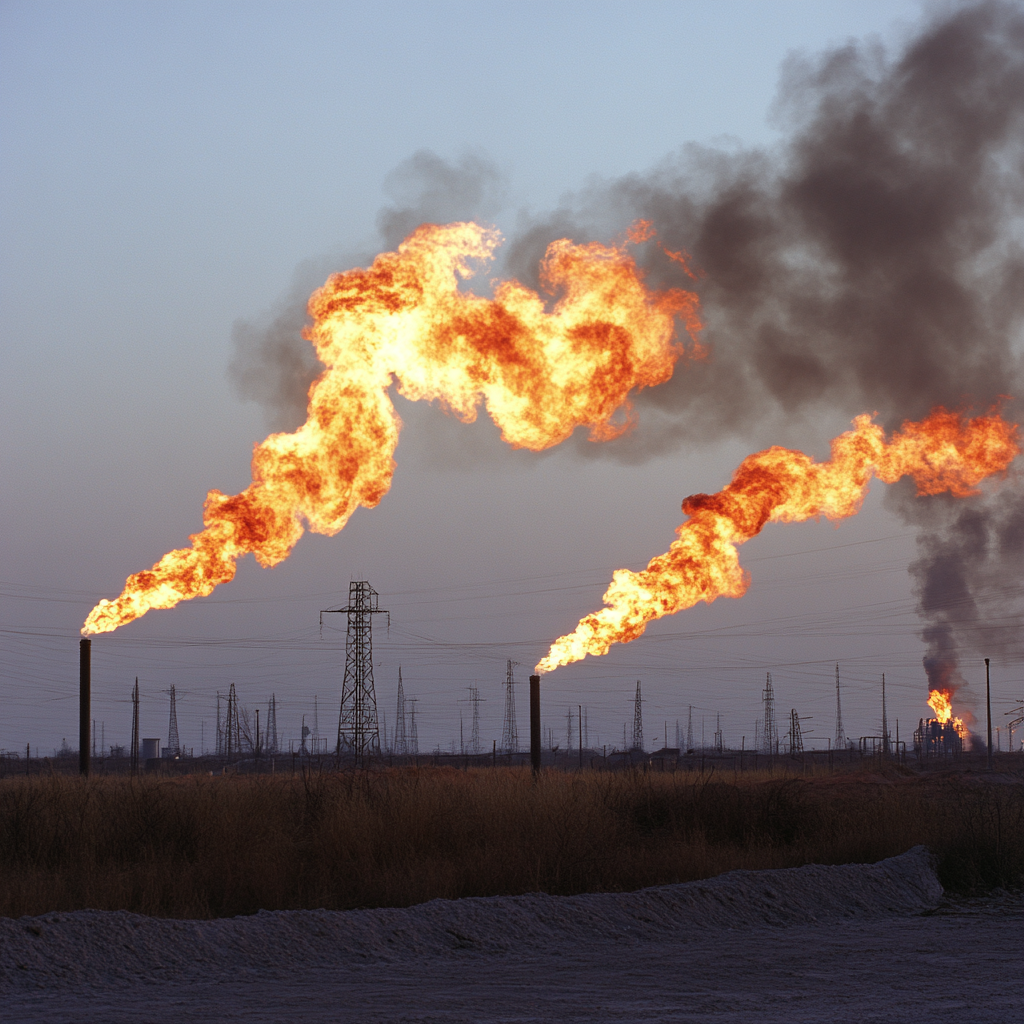Infrared Cameras and ESG Reporting: A Growing Connection

In today’s corporate world, Environmental, Social, and Governance (ESG) reporting has become essential for businesses looking to maintain investor confidence and ensure long-term sustainability. One innovative tool that’s playing a growing role in ESG strategies is the infrared camera. Long used for industrial inspections and safety monitoring, infrared cameras are now being leveraged to help […]
Thermal Imaging and IoT: The Future of Predictive Maintenance
In today’s fast-paced industrial landscape, keeping operations running smoothly is critical. Gone are the days of reactive maintenance, where teams fix machines after they fail. Instead, companies are turning to predictive maintenance — a smarter, data-driven approach that anticipates issues before they happen. And at the center of this innovation? The powerful combination of thermal […]
Why Infrared Cameras Are Essential for Substation and Power Grid Monitoring
As demand for electricity continues to surge and infrastructure ages, ensuring the health and reliability of the power grid has never been more critical. Substations are vital components of this system, acting as junction points where electricity is transformed and distributed across large areas. Power grid monitoring, substations, along with transmission lines and other grid […]
SF6 Leak Detection: How Infrared Cameras Help Reduce Sulfur Hexafluoride Emissions

Understanding the Importance of SF6 Leak Detection Sulfur hexafluoride (SF6) is a widely used gas in various industrial applications, particularly in electrical equipment such as circuit breakers, switchgear, and transformers. Despite its effectiveness as an insulating gas, SF6 is also one of the most potent greenhouse gases, with a global warming potential (GWP) over 23,000 […]
Understanding the New Quad O Standards: What Oil & Gas Companies Need to Know

Introduction Environmental regulations continue to evolve as the U.S. Environmental Protection Agency (EPA) tightens its focus on reducing harmful emissions. Among the most impactful rules for the oil and gas industry are the New Quad O standards, Quad OA standards, and OOOOA standards, all designed to curb methane and volatile organic compound (VOC) emissions. For […]
Meeting EPA Methane Regulations: How Infrared Technology Ensures Compliance
Introduction Methane emissions have become a major focus of environmental regulations, with the U.S. Environmental Protection Agency (EPA) introducing stricter guidelines to curb greenhouse gas emissions. The EPA methane regulations are designed to mitigate climate change impacts by requiring industries to monitor and reduce methane leaks. One of the most effective ways to ensure compliance […]
